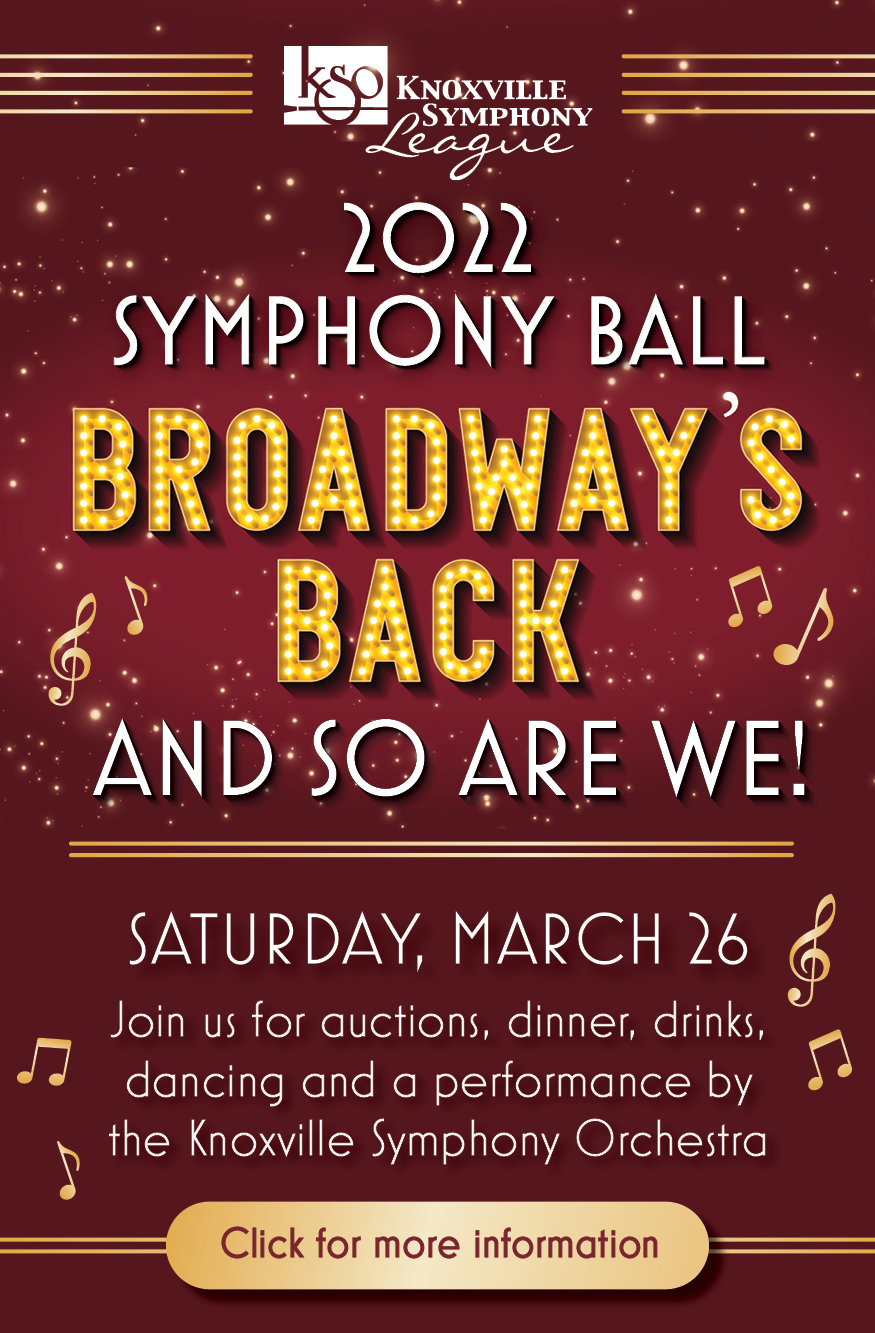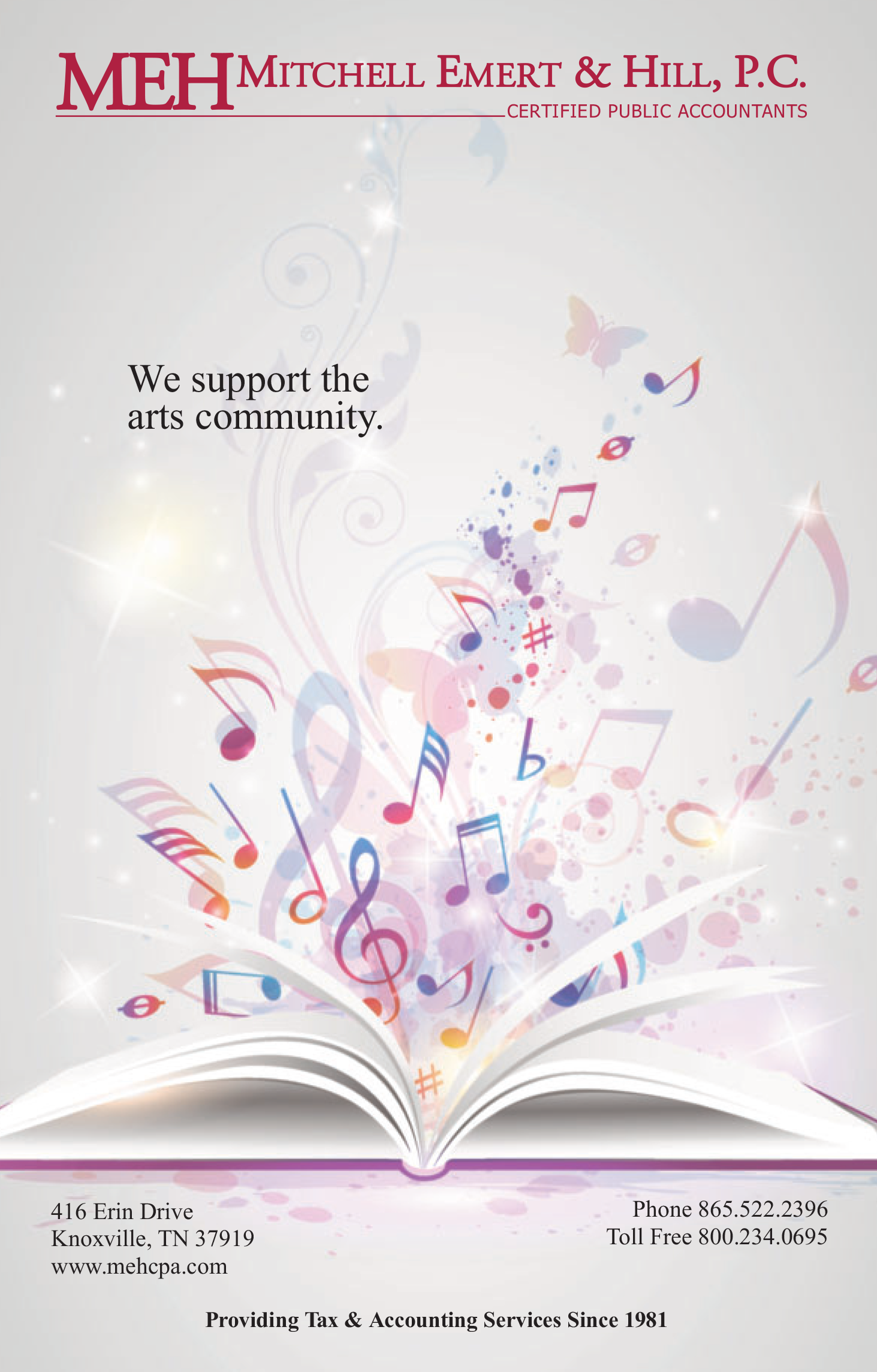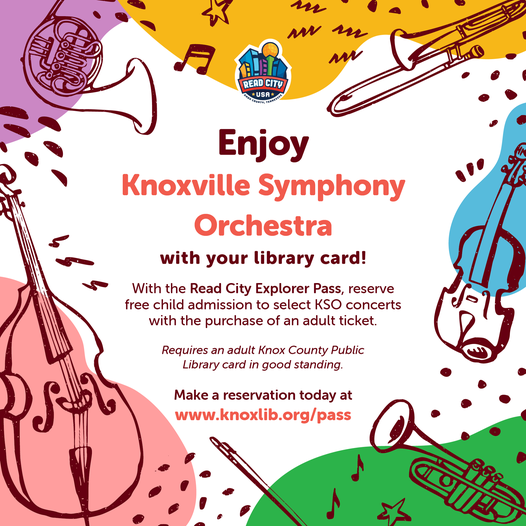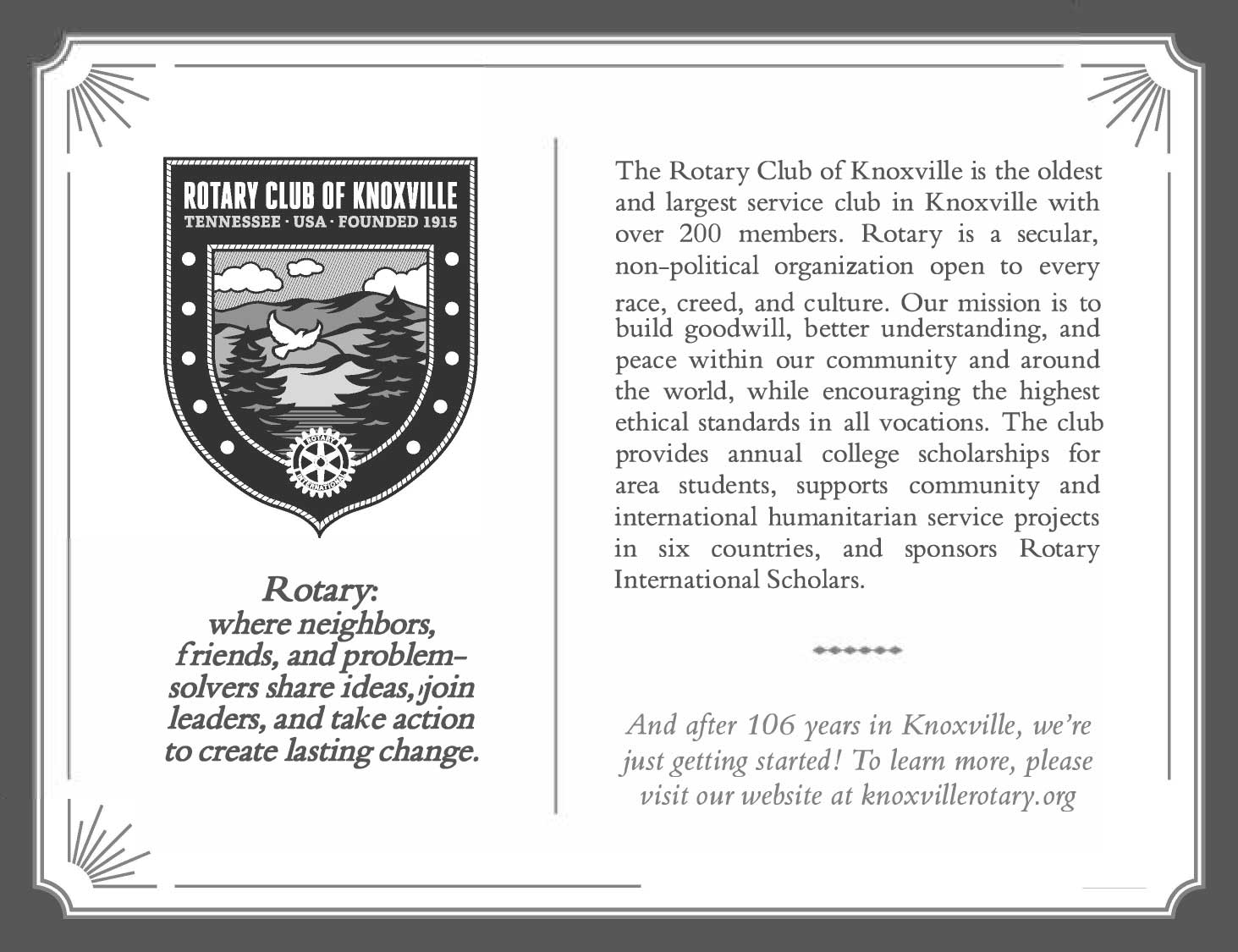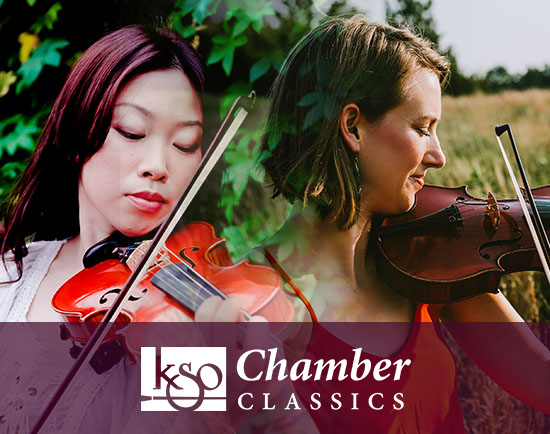
Octet (1923, rev. 1952)
Igor Stravinsky was born in Lomonosov, Russia, on June 17, 1882, and died in New York on April 6, 1971. The first performance of the Octet took place at the Paris Opera House in Paris, France, on October 18, 1923, with the composer conducting. Approximate performance time is fourteen minutes.
In Dialogues and a Diary (1963), Igor Stravinsky recalled the genesis of his Octet for winds: “This Octet began with a dream, in which I saw myself in a small room surrounded by a small group of instrumentalists playing some attractive music…I awoke from this little concert in a state of great delight and anticipation and the next morning began to compose.” In Stravinsky: An Autobiography (1936), the composer related:
I began to write this music without knowing what its sound medium would be—that is to say, what instrumental form it would take. I only decided that point after finishing the first part, when I saw clearly what ensemble was demanded by the contrapuntal material, the character, and structure of what I had composed.
Stravinsky then decided upon an ensemble comprising flute, clarinet, and two bassoons, horns, and trombones.
On October 18, 1923 at the Paris Opera House, Stravinsky conducted the premiere of his Octet, part of a series of concerts organized by Serge Koussevitsky. On May 29, 1913, Stravinsky’s ballet The Rite of Spring shocked the Paris audience with its dissonance, ever-shifting rhythms, and crushing accents. The Octet provided its own surprise, but of a quite different kind. Here, Stravinsky employed the musical structures and instrumentation of 18th-century works, in turn the foundation for music bearing a decidedly 20th-century character.
In the audience for the Octet’s premiere was the young Aaron Copland, who was studying in Paris with Nadia Boulanger:
When I heard the premiere performance of the Octet at a Koussevitsky concert in the fall of 1923, it was a reverse shocker, even after seeing the score at Boulanger’s. Its neoclassicism was a curious about-face on Stravinsky’s part and indicated a surprising development that nobody could have predicted. Here was Stravinsky—who had created a neoprimitive style that everyone agreed was one of the most original in modern music—now, without any explanation, presenting a piece to the public that bore no resemblance to the style with which he had become identified! We could not have known then, in the early twenties, that Stravinsky was to persist in this neoclassic style, and that it would have so great an influence, not only in Europe, but all over the world.
Copland: 1900 Through 1942 (1984)
The Octet is in three movements. The first opens with a slow-tempo introduction (Lento) that, according to Stravinsky, bears a kinship to similar episodes in Haydn’s late symphonies. The vivacious principal Allegro moderato follows. The second movement is in theme and variations form (Andantino), with Variation A serving as a recurring presence. This leads without pause to the Finale (Tempo giusto), whose contrapuntal writing Stravinsky acknowledged was inspired in part by Bach’s Two-Part Inventions.
program notes by Ken Meltzer
Concerto for Two Violins in D minor (c. 1730)
Johann Sebastian Bach was born in Eisenach, Germany, on March 21, 1685, and died in Leipzig, Germany, on July 28, 1750. Approximate performance time is seventeen minutes.
In 1717, Johann Sebastian Bach began his seven-year tenure as Kappellmeister to Prince Leopold in the German town of Cöthen, located sixty miles north of Weimar. Prince Leopold was himself a talented musician. The Prince hoped to duplicate the kinds of superb court music establishments he encountered during his studies throughout Europe. And so, Prince Leopold brought to Cöthen some of Europe’s greatest instrumentalists.
As Prince Leopold’s court was Calvinist, Bach’s duties did not include the composition of liturgical music. Bach instead responded with an extraordinary outpouring of instrumental creations, including the Orgelbüchlein, the first book of the Well-Tempered Clavier, the Two and Three-Part Inventions, the English and French Suites for harpsichord, the Sonatas and Partitas for Solo Violin, and the Suites for Solo Cello. During those Cöthen years, Bach also composed stunning ensemble works, including his Four Orchestral Suites and the Six Brandenburg Concertos.
The three Violin Concertos, BWV Nos. 1041-1043, also belong to Bach’s Cöthen period. The first two Concertos (in A minor and E Major, respectively) feature a single violin soloist. The Concerto in D minor, BWV 1043, juxtaposes two solo violins with an accompanying ensemble consisting of strings and continuo.
The Concerto for Two Violins is cast in a structure typical of Bach’s time. Two quick-tempo outer movements, each employing a ritornello (a recurring melody or refrain), frame a reflective, slow-tempo movement. Bach characteristically uses such traditional elements as the basis for music of singular and unforgettable eloquence.
The opening movement (Vivace) is based upon a ritornello presented at the outset by the solo and ensemble second violins. The movement includes several episodes featuring the soloists in captivating dialogue. The second violin inaugurates the beautiful central movement (Largo, ma non tanto). Here, the discourse between the soloists becomes far more intimate and delicate. The vigorous finale (Allegro) once again features a ritornello, here introduced by the first violin, and quickly echoed by its counterpart.
program notes by Ken Meltzer
Chamber Symphony in F Major, Op. 73a (1946) (orch. Barshai)
Dmitri Shostakovich was born in St. Petersburg, Russia, on September 25, 1906, and died in Moscow, Russia, on August 9, 1975. Approximate performance time is thirty-five minutes.
For more than half of his artistic life, Dmitri Shostakovich lived under the tyranny of Soviet dictator Joseph Stalin. Following the surrender of Germany in May of 1945, Shostakovich announced that he would write his Ninth Symphony, a “Victory Symphony” with a grand “apotheosis.” Stalin anticipated that Shostakovich’s new symphony would emulate Beethoven’s Ninth Symphony (1824), an epic work that concludes with a triumphant choral finale. Stalin further expected the finale of the new work to sing his praises. Instead, Shostakovich’s Ninth Symphony emerged as a satirical (and at times acerbic) 25-minute composition with conventional orchestral forces. Stalin viewed the Ninth Symphony as a personal insult and was furious (Shostakovich did not compose another Symphony until after Stalin’s death in 1953).
It was in the wake of these events that Shostakovich began work on his Third String Quartet, composing the piece between January 26-August 2, 1946. The premiere took place in Moscow on December 16, 1946, performed by the Beethoven String Quartet.
The Third Quartet is in five movements. When Shostakovich originally created the work, he assigned descriptive titles to each:
- “Calm unawareness of the future cataclysm”
- “Rumblings of unrest and anticipation”
- “The forces of war are unleashed”
- “Homage for the Dead”
- “Why, and for what?”
Shostakovich eventually deleted these titles, and they do not appear in the published score. As with many of Shostakovich’s compositions, it remains for the listener to try to discern Shostakovich’s message. Does the Third String Quartet depict the horrors of life during wartime and/or under Stalin? It is certain that Shostakovich was deeply attached to this Quartet. After completing the work, Shostakovich wrote to Sergei Shirinsky, the Beethoven Quartet’s cellist: “It seems to me that I have never been so pleased with one of my works as with this quartet. Probably I am mistaken, but for the time being this is exactly how I feel.”
Fyodor Druzhinin, who joined the Beethoven Quartet as its violist in 1964, recounted a rehearsal of the Third Quartet with Shostakovich in attendance. Shostakovich promised to stop the rehearsal if he had any comments to offer. But as each movement concluded, Shostakovich waved his hands and exhorted “Keep playing!” At the conclusion, Shostakovich “sat quite still in silence like a wounded bird, tears streaming down his face. This was the only time that I saw Shostakovich so open and defenseless.”
This concert features the Shostakovich Third Quartet as arranged by Russian conductor and violist Rudolf Barshai for a chamber orchestra of strings and winds.
The first movement (Allegretto) opens with the lighthearted initial principal theme. The second principal theme, by contrast, is broader and more subdued. The themes undergo the traditional development and restatement in this sonata form movement. The second movement (Moderato con moto), cast in triple meter, is in the spirit of a danse macabre. The third movement (Allegro non troppo), alternating 2/4 and 3/4 time signatures, features music of irrepressible energy and ominous force. The penultimate movement (Adagio) is a passacaglia, a Baroque musical structure in which a repeated sequence serves throughout as the foundation for various episodes. That sequence is forcefully proclaimed at the outset. A heartbreaking introspection pervades the movement, which leads without pause to the finale (Moderato), exploring a wide variety of moods. Echoes of previous movements finally resolve to the whispered closing bars (Adagio).
program notes by Ken Meltzer






